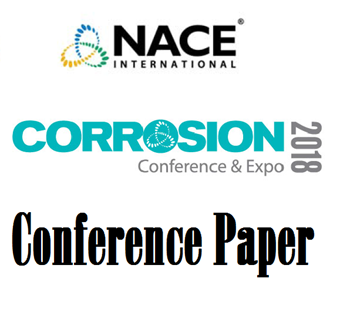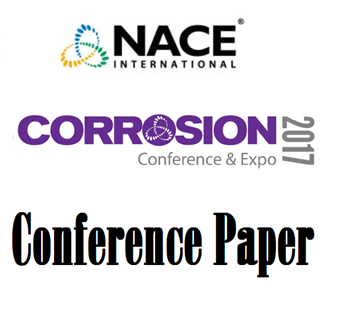Search
51318-11600-Material selection and recent case histories with nickel alloys
Also Purchased
51318-11477-Corrosion evaluation of tubing steels and material selection in the CO2/H2S coexistent environment
Product Number:
51318-11477-SG
Publication Date:
2018
$20.00
01042 MATERIAL SELECTION FOR SEPARATION, TRANSPORTATION AND DISPOSAL OF CO2
Product Number:
51300-01042-SG
ISBN:
01042 2001 CP
$20.00
Design Challenges for Material Selection in Sour and High Salinity Gas and Oil Production Facilites
Product Number:
51317--9244-SG
ISBN:
9244 2017 CP
Publication Date:
2017
$20.00




